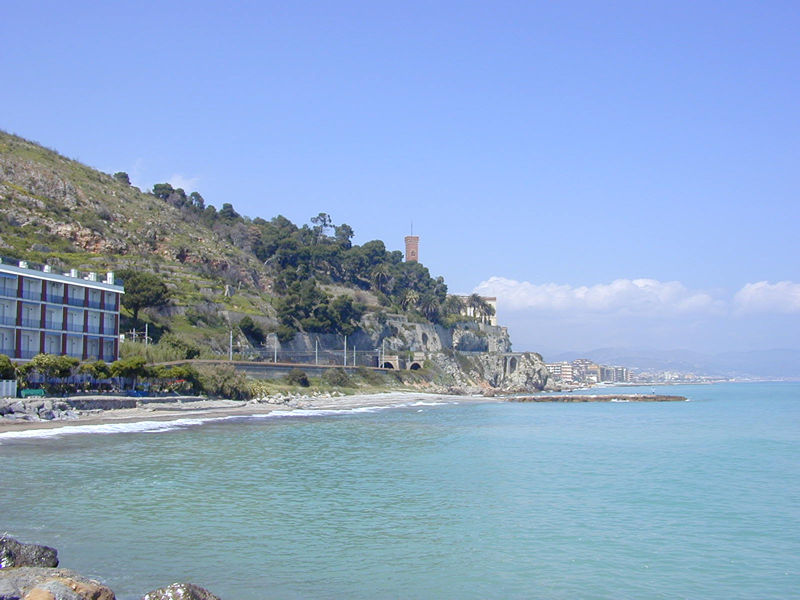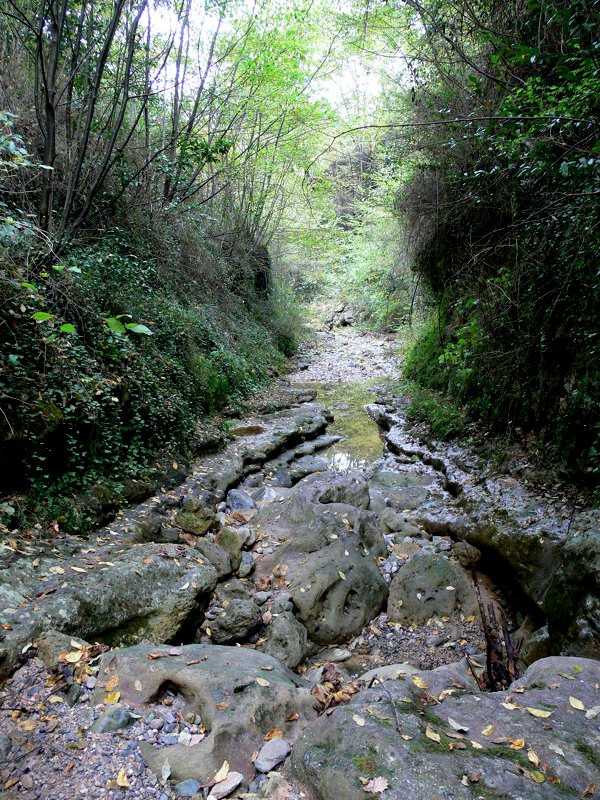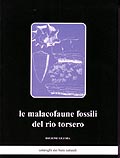Points of Interest
Ceriale
Brief History
Ceriale was in the Middle Ages a small village of fishermen and farmers owned by the Bishop of Albenga and it became an autonomous Town in 1798.
In the night of 2 July 1637, Ceriale was invaded by the Algerian pirates led by the fierce Ciribì, who with his men devastated the Church, killed about thirty people and deported about 300 hundred people to Algeria. They were subsequently ransomed by their families.
Interesting Features
It is still possible to admire in the historical town center some rests of the medieval walls and tower, besides the Torrione built in 1564 to protect the town from the raids of the pirates.
Moreover, there is the interesting Parish Church of the Santi Giovanni Battista ed Eugenio, rebuilt in 1637 after the above-mentioned invasion and containing paintings of the school of Genoa (Orazio De Ferrari, Piola, Carlone, etc.) while on the central vault there are modern frescoes by Bonichi. It is also possible to admire a valuable wooden crucifix which still has the hole of a bullet fired by one of the Algerian plunderers. Next to the Church there is the Oratory of Santa Caterina with its beautiful Neoclassical façade.
Peagna country hamlet used to house ancient and noble families like the Girardenghi, Genta, and Arduini families. Its characteristic medieval quarter is dominated by the 14th century Church of San Giovanni Battista with rests of frescoes dating back to the 15th and 16th centuries and with the Baroque bell tower. The current parish Church, situated in the middle of the quarter, dates back to the 18th century and recovers a late Baroque style.
In Peagna country hamlet there is the paleontological museum "S. LAI", rich in fossil shells and ammonites dating back to very ancient epochs and coming from Rio Torsero Regional Nature Reserve.
The hamlet also houses an important library specialized in books about Liguria, and every year, at the end of August, the event "Libri di Liguria" is held here.
The name Peagna deriving from "peda nea" (passage or ford) is due to the stream at the edges of which there is the spring Anthia. The district also housed in its more healthy area the inhabitants of Capriolo, a town abandoned for an invasion of red hunts which took place in the late Middle Ages.
History or Legend?
According to the legend, there was a young woman called Anthia who loved a young boy of the same age called Abrocome, to whom she had been promised in marriage. Another woman called Manto was in love with Abrocome and accused him of raping her. Abrocome, in despair for the lie, went away from home and people believed he was dead. The desperate Anthia left herself die and be buried with the marriage gifts. Some criminals opened the grave to steal the jewels. When they discovered that the girl was still alive, they decided to bring her with them. The girl implored the criminals to keep the jewels and to leave her there so that she could fulfill an oath to two divinities: Love and Death. But the criminals did not listen to her and put her on a ship headed to Alexandria of Egypt in order to sell her. They sold her to some pirates who brought her on the Ligurian coast and sold her again to the rich family of Petilio Ceriale who owned a suburban villa in the surroundings of Alba Ingaunia. The young woman was a slave, but she went on to suffer for love. The gods had mercy of her suffering, and when she died they did not let her body decompose, but transformed it in a spring which inherited her name: at least, after her death, she could flow into the sea and through the subterranean currents of the Mediterranean Sea she could meet her spouse in a far land.
Rio Torsero Paleontological Museum
Also the Paleontological Museum of Rio Torsero is worth a visit: it was born to preserve the several finds discovered on the banks of the watercourse, above all fossil shells, to the extent that the area has been declared Regional Nature Reserve and it is one of the most important in Italy for the presence of macrofossils dating back to about 7 million years ago. The finds which concentrated at about one kilometer from the beach witness the ancient presence of a "Caribbean" sea, since they are very similar to other species of fossils found in the warm seas.









